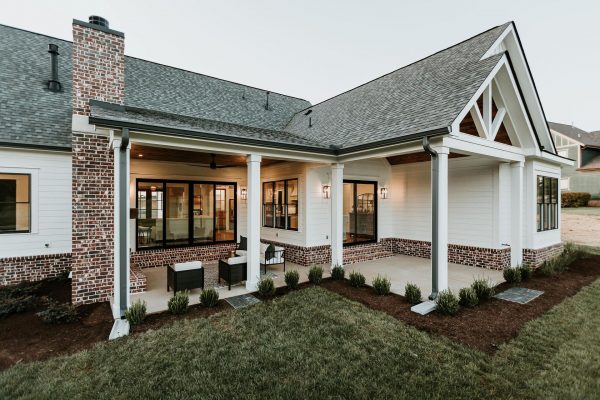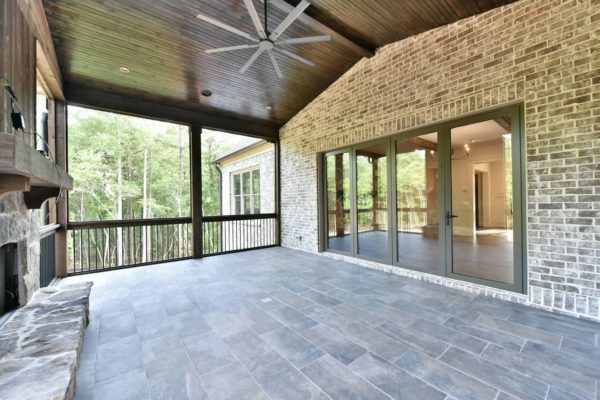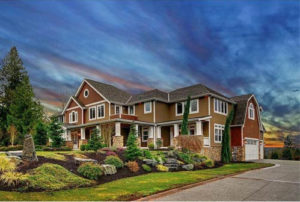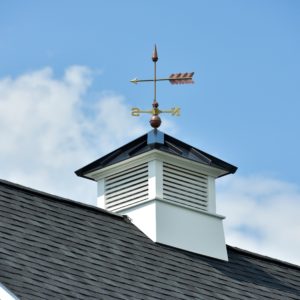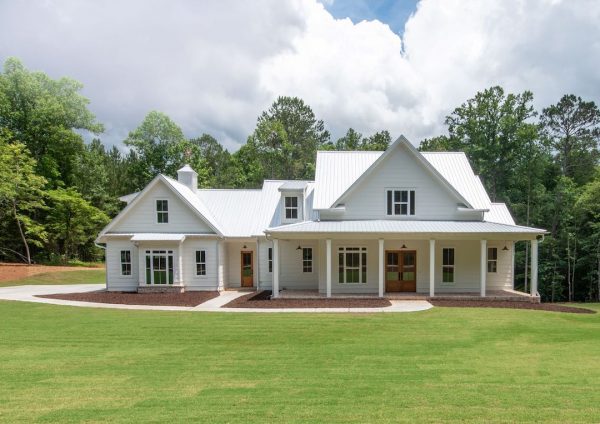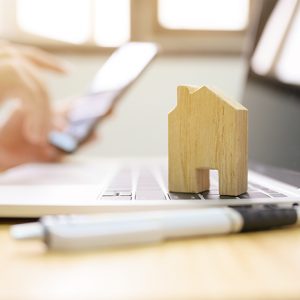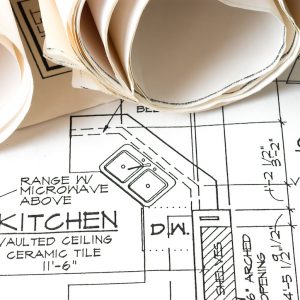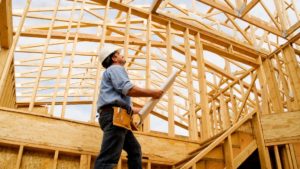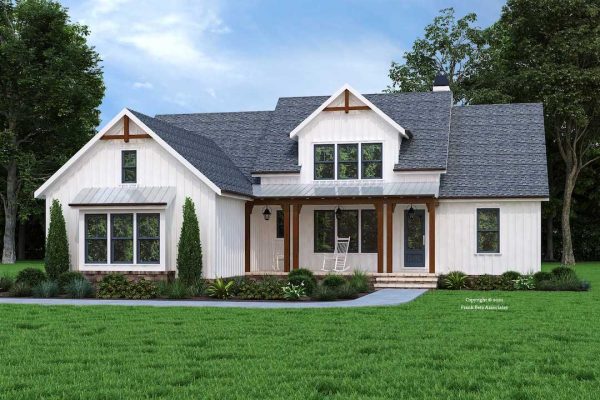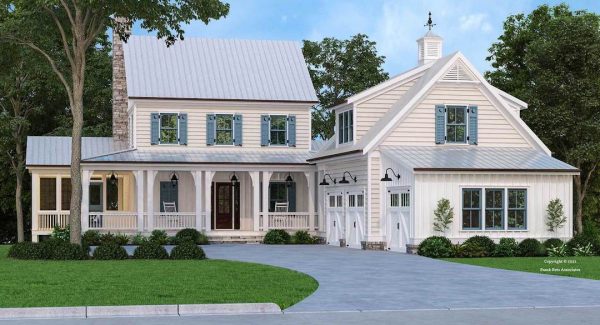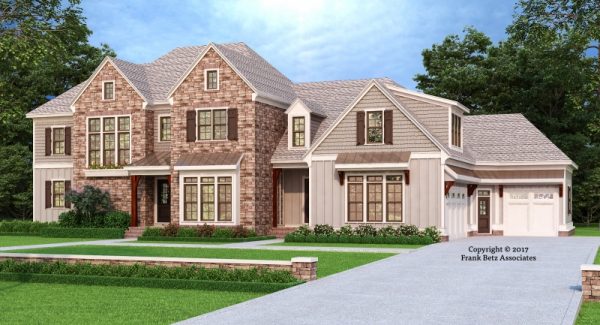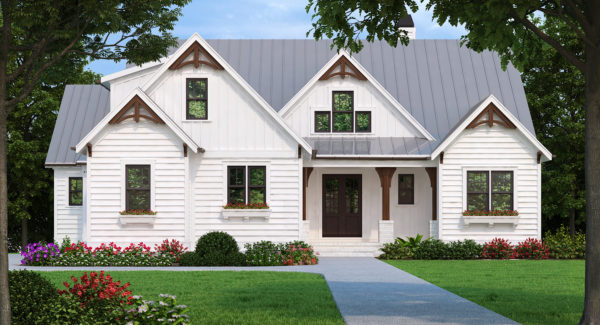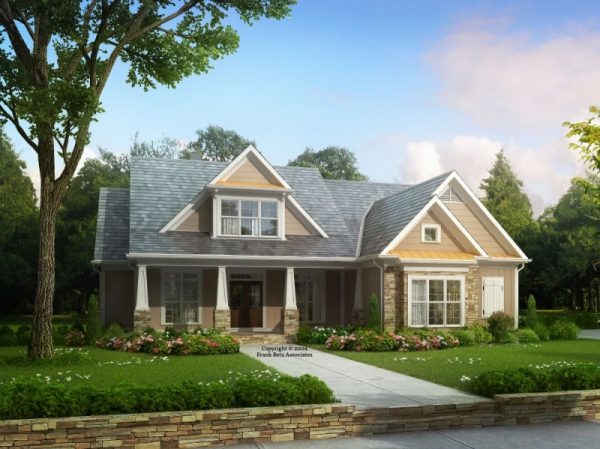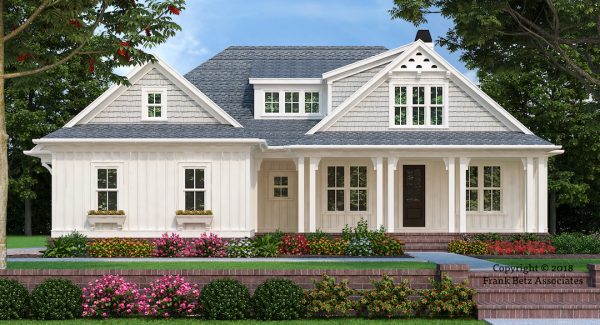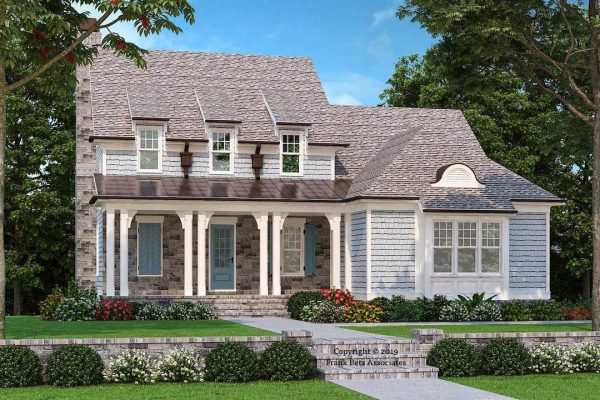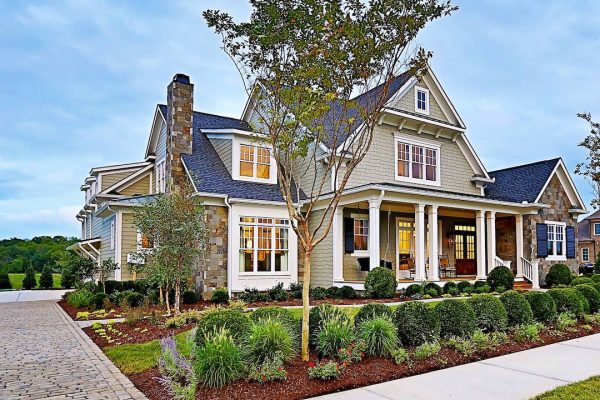For the home owner that needs more space and amenities, finishing out the basement is a great solution. The basement is already part of your home’s structure, so from a cost perspective it’s usually less expensive than adding to the footprint of the house. As you begin to plan the renovation, there a number of key design factors to consider. This article will highlight these ideas to help you get the most out of this exciting endeavor.
Planning before all else
Even if you just want to build out a room or two, a comprehensive plan for the whole basement is advised. Not only will it give you a full view of what you have to work with, it will make the future renovations much easier. As with any home renovation work, be sure to get the proper permits before the first hammer is swung.
A dry basement is a happy basement
First and foremost, when planning a basement renovation make sure there are no water issues. Because most basements are below grade, moisture is often a factor. Solve any moisture problems before the renovation, or there’s a high probability you’ll see continuous damage to the finishes of your new space. When finishing out the walls, using insulation with a vapor barrier will aid in moisture protection.
The purpose
Another part of the basement renovation planning process should be a careful assessment of how each room is going to be used. Will there be bedrooms, a kitchen, theatre or a wine-cellar? Each kind of room will need the appropriate amenities. Bedrooms will need an egress window or door, closets and bathrooms, while media rooms call for special lighting and other electrical nuances. Even a small kitchen will need the appropriate plumbing. As for the utility areas like the water heater and HVAC units, leave those unfinished. These spaces need ample access for inspection and/or repairs.
Let there be light
Since most basements are below ground, proper lighting is always an issue. Whenever possible, open areas up to natural light. This can be achieved by large windows or sliding glass doors. Recessed lighting in a drop ceiling, positioned near the outer perimeter of rooms, will provide ample light and make the rooms appear larger. Lighter color paint will also create the illusion of more light and space.
Drop that ceiling
Often acquainted with commercial properties, there are many drop ceiling options that look very nice in a residential setting. This design method will enable you to hide HVAC ductwork, electrical and plumbing lines. And as stated above, it’s the go-to method for recessing lights.
Finishing out the basement is an efficient and cost-effective way to add much needed space and features to your home. Be sure to plan the renovation as you would the rest of your home. The extra time and planning taken up front will make all the difference in the end result. Soon you’ll be enjoying your new basement and reflecting on a job well done.
